How to Grow Jasmine Indoors as a Fragrant, Flowering Houseplant

By Brooke Ressell
Jasmine is known all over the world for having beautifully intricate flowers and an intense, sweet fragrance. It’s often used in products like essential oils, candles, lotions, perfumes, teas, and even cocktails, making it a very versatile plant that’s grown around the globe for many different purposes.
And while it’s typically cultivated on a large, commercial scale, many people still ask, “Can you grow jasmine indoors?” because they want to have this gorgeous plant at home, livening up their space through those long winter months. Thankfully, growing jasmine indoors is not only possible—it’s quite a simple process.
We’ll show you how to grow jasmine indoors this year with the help of our detailed guide. Before you know it, you’ll be this beautiful flowering vine will be gracing your home.
Photo via Jay
Popular Varieties of Jasmine for Growing Indoors
Interestingly enough, there are actually 200 different species of jasmine on the planet. And while it may be fun to try and grow each variety at least once throughout your lifetime, it can be overwhelming to decide which variety to start out with first. That’s why we’ve outlined the popular varieties of Jasmine for growing indoors so that you can make an informed decision.
Angel Wing Jasmine
Angel Wing jasmine, also known as Star Jasmine, has pinwheel-shaped flowers that are white on the top and purple on the bottom. This variety does well in warmer temperatures between 65 and 80 degrees Fahrenheit.
Arabian Jasmine
This jasmine has little white flowers that close by day and open by night. The variety does very well when grown indoors on a windowsill, and it’s often used for making tea. A fun fact about Arabian Jasmine is that its flowers turn pink as the plant ages.
Common Jasmine
Common jasmine is known for having very fragrant white flowers that bloom from June through October. This variety is naturally resistant to diseases, making it one of the easier varieties to care for.
Madagascar Jasmine
Madagascar jasmine is recognized for its pure white flowers that are shaped like stars. This variety is a popular flower found in wedding bouquets and centerpieces so it’s very likely you’ve seen it before.
Pink Jasmine
Pink jasmine has both beautiful pink buds and white petals so the benefit of growing this plant at home is that you get to enjoy both colors throughout its blooming season. This is a fast-growing vine and is made even more attractive by its glossy green foliage.
Showy Jasmine
This variety has petite yellow flowers and green foliage. Showy jasmine is showy indeed, blooming from late spring through summer.
Spanish Jasmine
Spanish jasmine has very thin, white flowers that grow abundantly along the vine. It is also very easy to care for since it sheds on its own and rarely requires additional pruning.
White Jasmine
With its star-shaped white petals with a pink tinge and gorgeous green leaves, this variety blooms from spring until fall.
Winter Jasmine
Winter jasmine has vibrant yellow flowers but little to no scent unlike the other varieties on our list. It starts blooming in early January and continues through spring.
Photo via Parv
How to Care for Jasmine Indoors
Now that you know more about the popular varieties of jasmine plants, we’ll show you how to grow jasmine indoors this year so that you can get the most enjoyment out of its blooming season.
Soil
Can I grow jasmine inside with potting soil? Absolutely! Jasmine needs porous, moist but well-drained, and moderately fertile soil in order to thrive.
To provide your plant with the right soil conditions, consider starting out with fresh potting soil and adding things like bark, coir, sphagnum, and peat moss to it. These airy items will help your soil from becoming compacted. Your plant should be transferred to new soil every three years or so.
Sunlight
Jasmine typically needs only about four hours of direct sunlight per day, with fewer hours needed during the winter months, so position your plant in a space that can accommodate this. Jasmine plants typically do well on windowsills and on tables positioned near windows.
Water
Jasmine plants prefer to have consistently moist soil—not soil that is over-saturated, boggy, or flooded. During the winter and spring months, you can even let the soil go slightly dry in between watering.
Maintenance
When caring for jasmine indoors, the one thing you want to remember is just how important pruning can be. Jasmine is a climbing vine so pruning will help you control growth and encourage more flowers to bloom.
To prune your jasmine plant, use clean, sharp garden shears to thin out over-crowded branches, shorten vines that are getting too long, and remove dead or dying branches at the soil level. The best time to prune Jasmine is right after it has finished blooming for the season.
Fertilizer
Fertilizing your jasmine plants will help put nutrients back into the soil so that your plant grows healthy and strong. Typically, you only need to fertilize a jasmine plant once or twice a year. You can do so by adding compost or using a chemical fertilizer that is rich in potassium and phosphorus.
Pests and Diseases
Even your indoor jasmine plants can still be targeted by both pests and diseases that weaken and eventually kill your plant.
The most common pests you should be on the lookout for are whiteflies, spider mites, mealybugs, aphids, and caterpillars. Different pests affect different types of jasmine plants, but typical signs of pest activity include:
- Falling leaves
- Holes and distortion in leaves
- Destroyed flowers
- Slowed growth
- Visible bugs
To combat these critters, manually remove them from your plant and treat affected areas with a mist of soap and warm water or a cotton swab dipped in alcohol.
The most common diseases you may encounter are fungal diseases like blight and rust, which are commonly caused by overwatering your jasmine. Signs of these diseases include:
- Reddish-brown, circular spots on leave
- Leaf curl
You can make your own fungicide by spraying a mixture of baking soda and water on your plant or a commercial fungicide. But the best method is prevention, so be sure to water your plant appropriately and keep the soil free of plant debris.
There are several varieties of jasmine that are naturally pest and disease resistant, so you may want to grow those particular varieties at home if you want to avoid the hassle altogether.
How to Harvest Jasmine
The best time to harvest jasmine is in the morning when the flowers are still tightly closed and the temperatures are cool. This prevents you from accidentally damaging the flowers as you pick them.
You can pluck as many individual flowers as you would like, then store them in a cool, dry place with plenty of airflow. Or, you can trim cuttings, tie them up in small bunches with twine, and hang them from the ceiling in an area of your home that does not have a lot of moisture. Then, you’ll want to let your jasmine dry for roughly four to six weeks.
Just remember, some varieties of jasmine are actually poisonous. If you want to use jasmine in topically or ingest it, be sure you’re using a variety of jasmine that is well-suited for that purpose.
Have you grown jasmine indoors before? Let us know about it in the comments below!



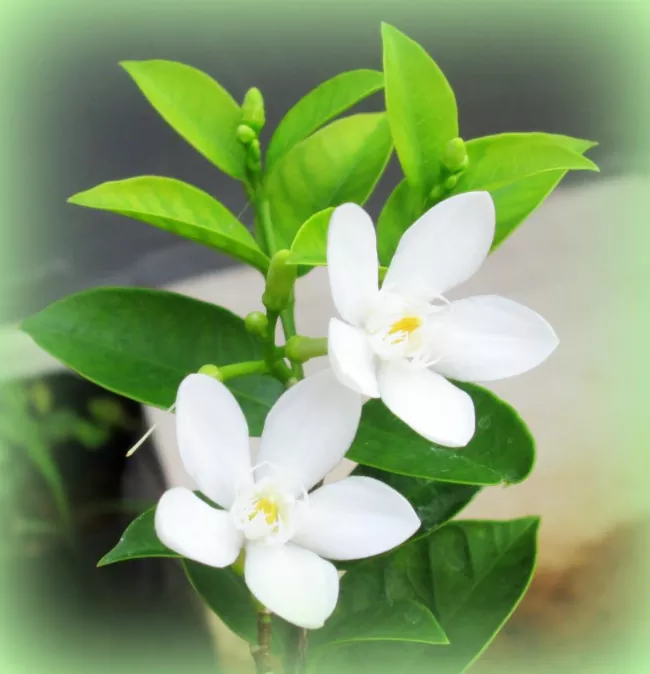

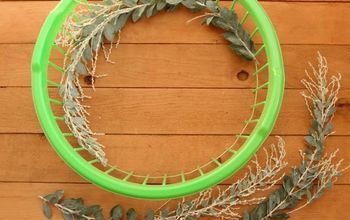


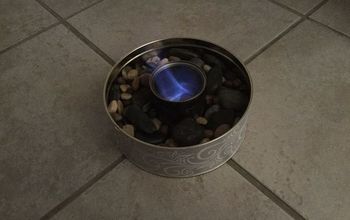





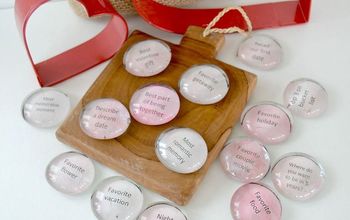




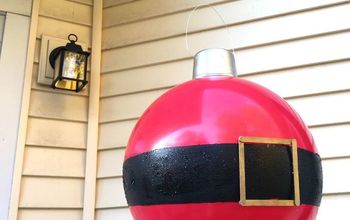

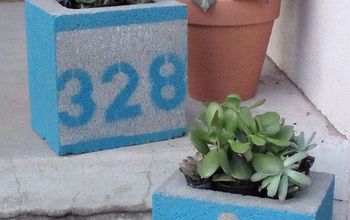

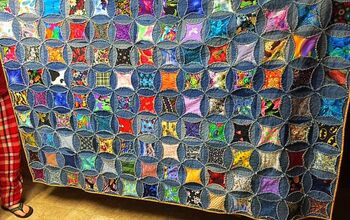
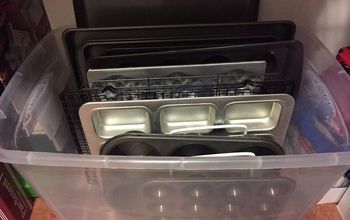
Frequently asked questions
Have a question about this project?